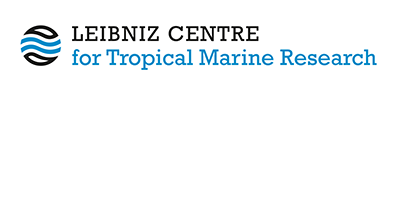Background and Objective:
The rate of species extinction is currently 100 times higher than the background rate through geological history, heading to a sixth mass extinction. The ongoing loss of biodiversity stands out from previous mass extinctions on our planet as it is caused by human activity. The biodiversity and climate crises are partly linked, yet biodiversity has also a strong local dimension and can therefore benefit from regional action, which should be based on data-driven decisions.
The objective of this project is to implement the MinION third-generation DNA sequencing technology at ZMT and start to build this capacity for our partners in the tropics, which will empower them to monitor their biodiversity on their own without the need for international cooperation.
For example, environmental DNA (eDNA) analysis allows now efficient biodiversity screening of coastal ecosystems, but rely on regional reference databases which are sparse in tropical countries.
This project is a response to the need of many biodiversity-rich countries in the Global South for self-help to alleviate the ongoing biodiversity loss.
The following steps are envisioned:
- Implement MinION training at ZMT
- Barcode 160 fish samples with COI and 12S at KMFRI, Mombasa, Kenya
- Compile a ONTbarcoder and MinION training manual plus course program
- Implement a state-of-the-art training in capacity development
- Writing competitive training proposals in relevant calls
- Recognition as expert institution (blue leadership) in molecular biodiversity assessment





